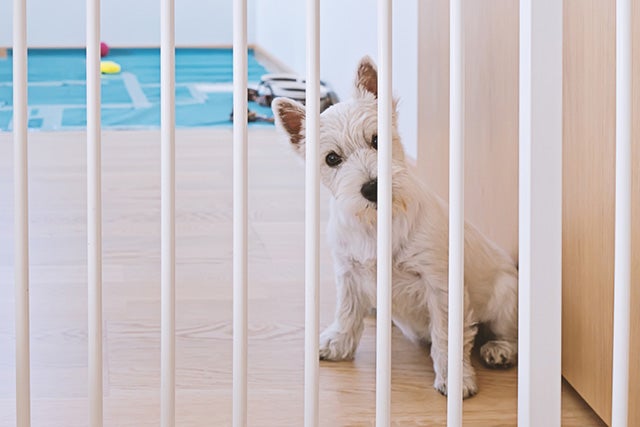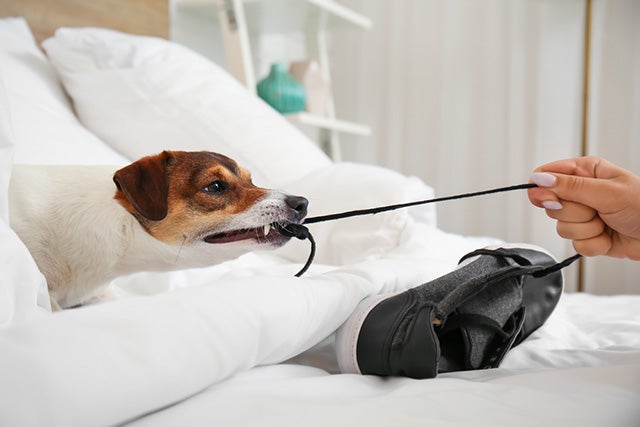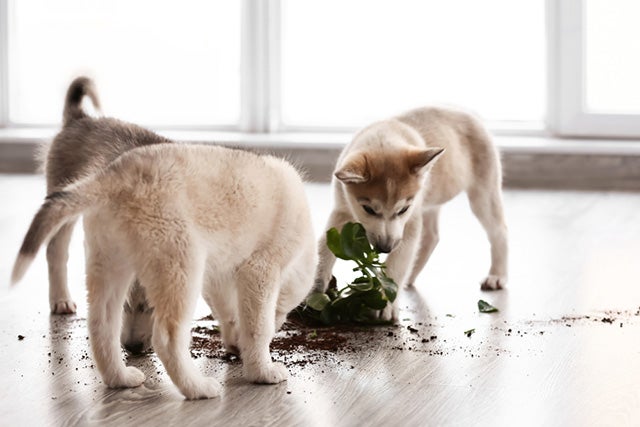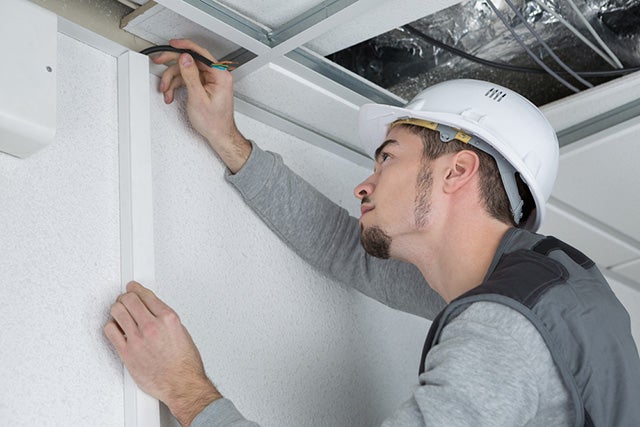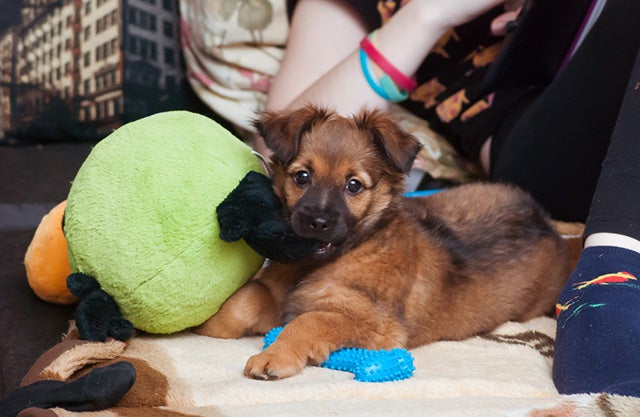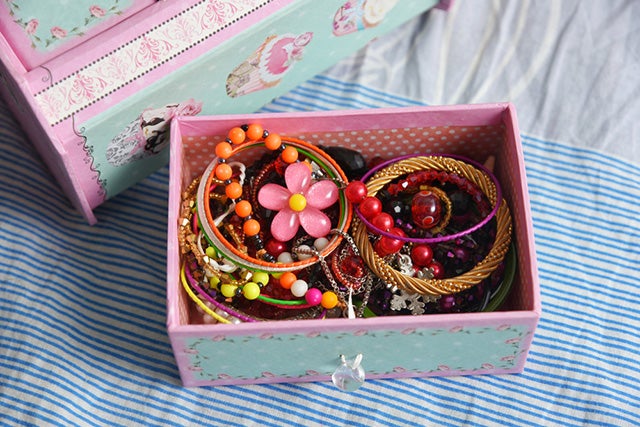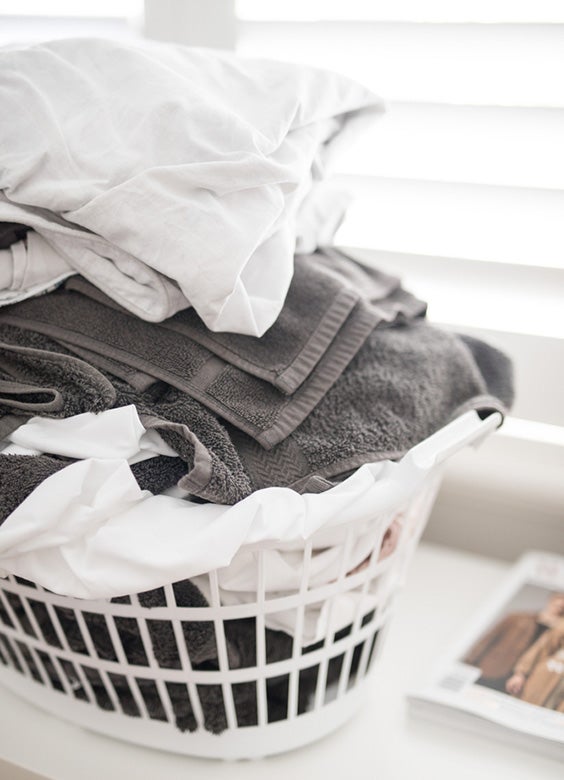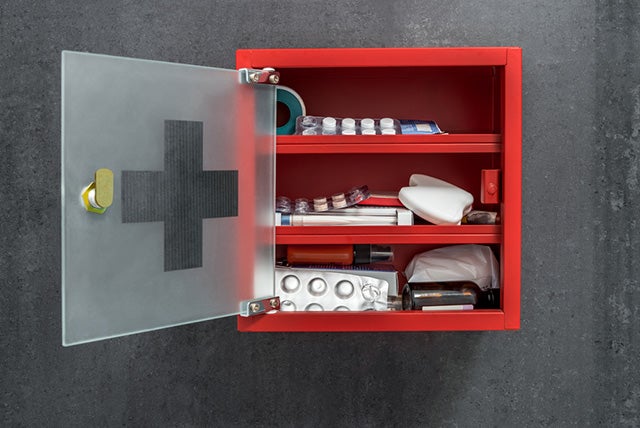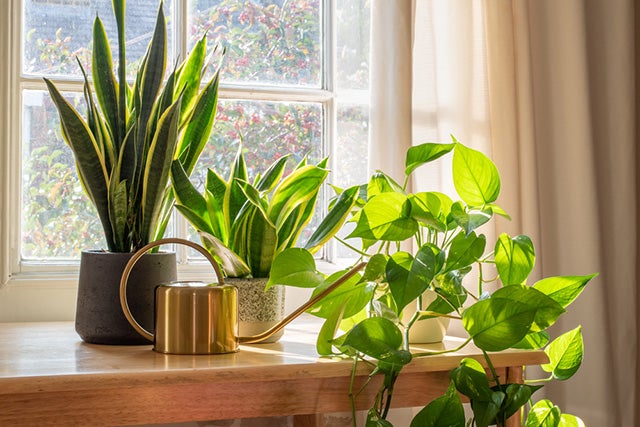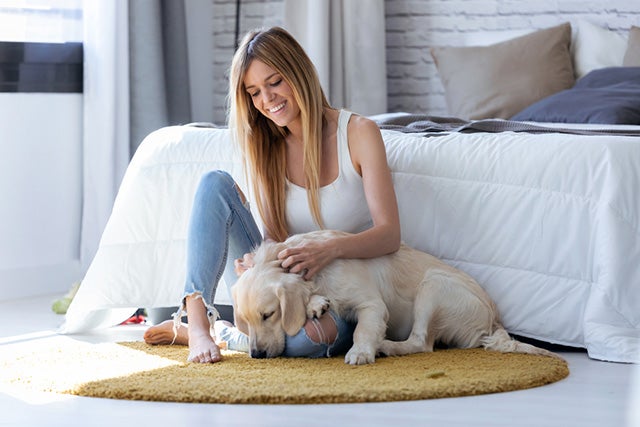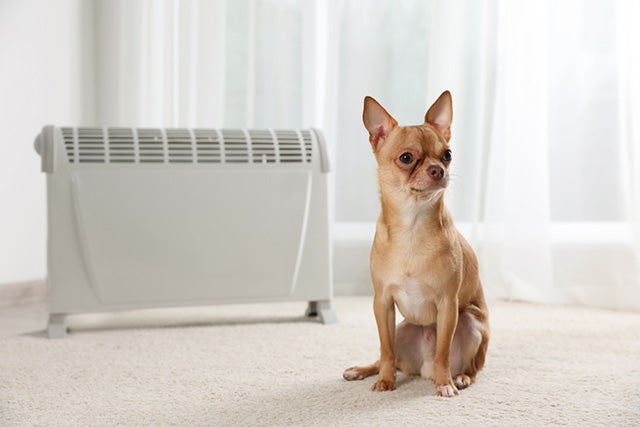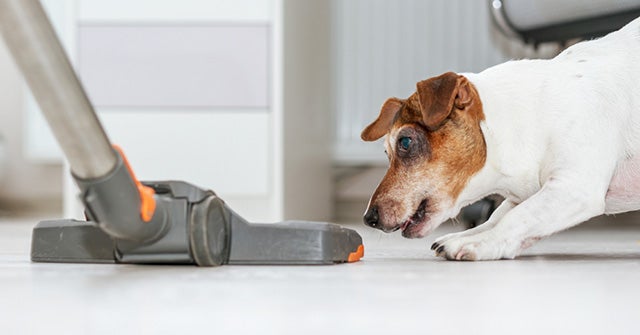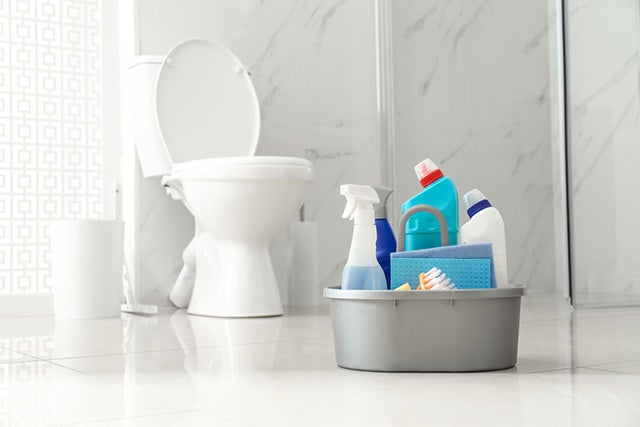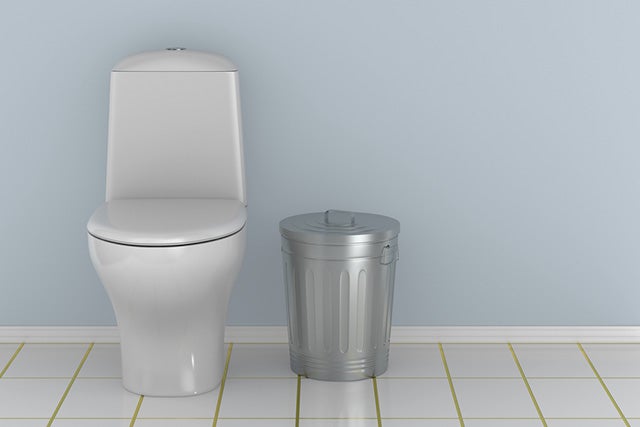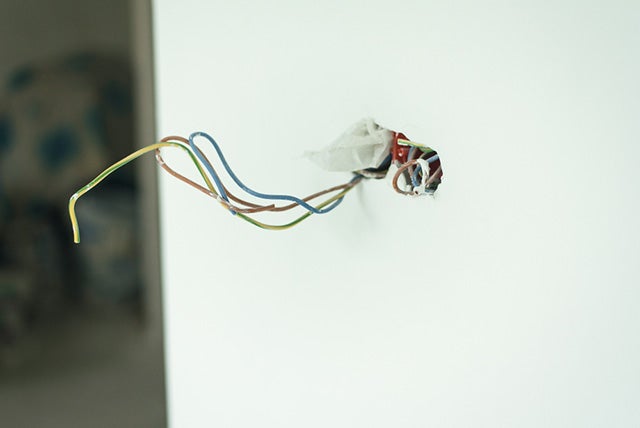Having a pet is a reason for joy for pretty much everyone. While some live in really small flats and don’t have room for a pet, most people who love animals like to have at least a hamster or a fish.
However, when it comes to dogs, you have to be ready for cable tangling, cloth chewing, and even choking on hair ties. To avoid all that, let us show you how to pet-proof your bedroom.
You may be interested in: What You Should Know About Sleeping with Your Pets
Why You Should Pet Proof Your Bedroom
A new dog brings excitement and unlimited energy and curiosity into the home. A puppy, like a toddler, enjoys exploring its environment and chewing on anything in reach.
This could result in damaged clothing and personal possessions in the bedroom, as well as serious danger if the puppy ingests something that is not intended to be eaten, such as coins or remote control parts. Puppy-proofing the bedroom keeps the pet safe while also protecting your things.
Every item on or near the floor can be considered fair game by a chewing puppy. Dogs can gobble up your shoes and slippers if they get to them before you do. Similarly, items left on the floor and a comforter draped over the side of the bed are unacceptable.
While plants provide oxygen and aesthetic appeal in the bedroom, they will also attract the attention of an inquisitive dog. The dog may knock over the plant, chew on it, or possibly become ill from consuming plant bits.
To a puppy, small items such as remotes, toys, reading glasses, and even cell phones, all appear to be chew toys or food.
I know that “pets” doesn’t mean just dogs, but they are the ones most likely to chew up things or injure themselves doing some random stunt.
How to Pet-Proof Your Bedroom
Pets are adorable, but they will chew through your cables without a sign of regret if they feel like doing it. That’s why I’m going to share a list of tips on how to pet-proof a bedroom based on where your furry companion likes to explore.
1. Hide the Wires
Hide any potentially harmful connections and wires to avoid injury or death. Inspect gadgets such as televisions, landline phones, Blu-ray players, or lamps for exposed wires.
Remove any wires, including power strips, from the floor and store them away. This can be accomplished by concealing them behind furniture or by stacking them on top of tables. Another excellent way to conceal cords is to run them through a cable-management tube.
Consider covering outlets, unplugging equipment, and removing frayed cables. This reduces the risk of electrocution when chewing.
2. Store Small Items
Puppies are inquisitive and enjoy playing. Your puppy may regard toys and other trinkets in your bedroom as chew toys. Small bits are easy for your puppy to ingest and choke on. Additionally, it has the potential to knock over small items, resulting in injury.
Keep toys in a locked bin or a concealed closet, out of reach of your dog. Place little trinkets, such as miniatures or hair ties, in a location where your dog cannot reach them via jumping or fabric tugging.
3. Put Away Dirty Laundry
Even seemingly harmless materials, such as shoes or clothing, can cause injury to a puppy if consumed. Keeping your clothes in a tall and closed container can help prevent your puppy from eating something harmful. Additionally, it can save specific objects that you own.
Don’t leave the laundry basket on the floor. If you have no other option, use a tall, lidded hamper. You can store the washing basket inside a locked closet.
4. Hide Your Medication
Medications that are traditionally kept on top of the nightstand should instead be kept in a drawer or medicine cabinet. Even over-the-counter medications, lotions, or creams may cause the dog to get gravely ill.
5. Move Your Plants
You may wish to incorporate plants into your space to add to the atmosphere. Numerous types of plants are toxic to canines. Your dog may attempt to jump from adjacent spaces to hanging plants. Transfer any possibly dangerous or hanging plants to an area out of reach of your puppy.
6. Block Your Furniture
Numerous puppies like to den behind or beneath the furniture. By establishing temporary barriers around the bedroom furniture, you may prevent your puppy from hiding in areas it is not supposed to.
Create fashion blockades using a piece of cardboard, wooden boards, or other items, such as huge cushions or wadded cloth. Other pieces of furniture can also be used to close off open spaces by being placed in front of entrance points.
Placing a barrier between the box spring and the floor is a good idea. This can help prevent your dog from hiding under the bed and refusing to come out. Cover any exposed little areas created by side tables or dressers.
7. Cover Temperature Control Units
Numerous bedrooms are equipped with heating and cooling systems to keep you comfortable during the night. However, these can potentially pose a threat to a puppy.
Cover and secure air vents, heating vents, or fans to avoid your puppy becoming burned or becoming too chilly. Purchase coverings for your temperature control systems at large retailers, pet stores, or online shops.
8. Clean Your Bedroom Frequently
Aside from storing large and small items away from your pet, you want to make sure that all potentially small and hazardous items are gone as well. Even a small button can be a choking hazard for a curious pup exploring the premises.
Clean the bedroom on a regular basis. Use your vacuum cleaner to reach spots that are tough for humans, but accessible for puppies. Who knows what earring or paper clip you may have dropped a few days ago?
A Word On The Bathroom
There are plenty of homes where the master bedroom is connected to a small bathroom. That means that if you ever forget the bathroom door open, a pup can easily slide into the bathroom without you even noticing.
Bathrooms are filled with dangers for a pup that can barely tell right from wrong. They could get injured or worse. When it comes to pet-proofing a bathroom, you want to put away all dangerous items.
That includes cleaners, cosmetic items, and medication. Store them in closed drawers or place them up top, on shelves that are out of your pup’s reach.
If you have a trashcan in the bathroom, make sure it’s covered at all times. For more precaution, throw away toxic items straight into the large bin that’s either in the kitchen or outdoors.
You should also consider keeping the toilet lid down. Dogs are notorious for drinking from the toilet bowl, but for pups, this could actually be a drowning hazard. If you have a small breed, they could easily slip in the toilet bowl, without means of getting out.
When You’re Done
As ridiculous as this might seem, the final step in pet-proofing your bedroom is sitting on all fours and looking at the room from the dog’s perspective. This will help you spot locations that are still to be considered dangerous or see hidden items that you wouldn’t spot if you were standing.
Consider whether or not your pup can get stuck in a certain place. Check to see if there’s anything he could choke on/slip on. Are there loose wires or cables that might electrocute him?
You may want to read: Dog Beds for Dog Crates
Conclusion
Much like children, pups are curious by nature. It’s funny how we say “curiosity killed the cat” when pups are truly the ones in danger.
A pup exploring the bedroom could end up injured in ways you can’t imagine. That’s why pet-proofing the bedroom is important to keep your four-legged companion safe from harm.
For more great tips and suggestions, check out our guide to the best dog beds!
Photo credit: Pixel-Shot/Shutterstock; ALPA PROD/Shutterstock;
Santhosh Varghese/Shutterstock; LIGHTITUP/Shutterstock;
photodonato/Shutterstock; Josep Suria/Shutterstock;
New Africa/Shutterstock; Bonsales/Shutterstock;
Ilin Sergey/Shutterstock; etonastenka/Shutterstock;
Kira_Yan/Shutterstock
